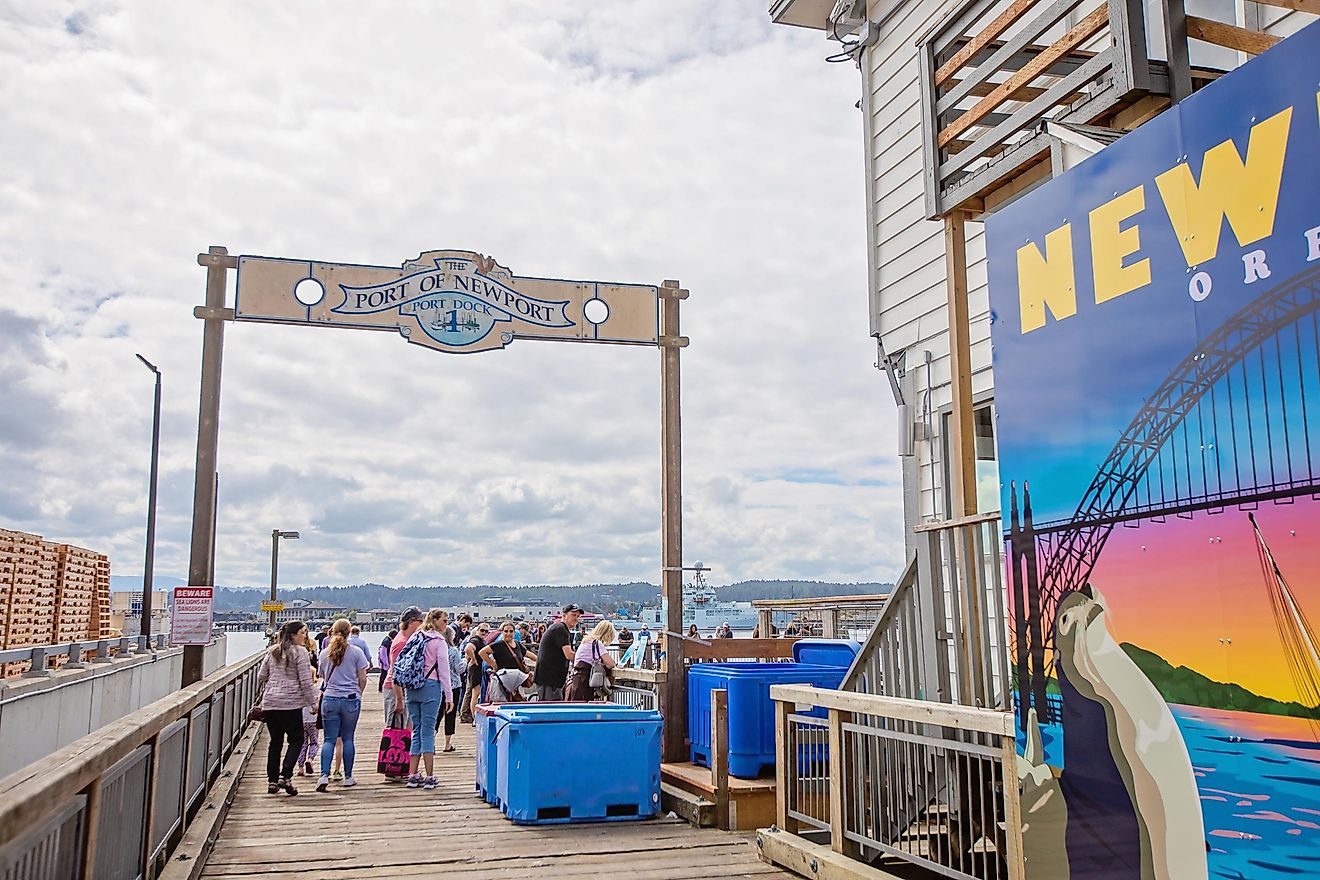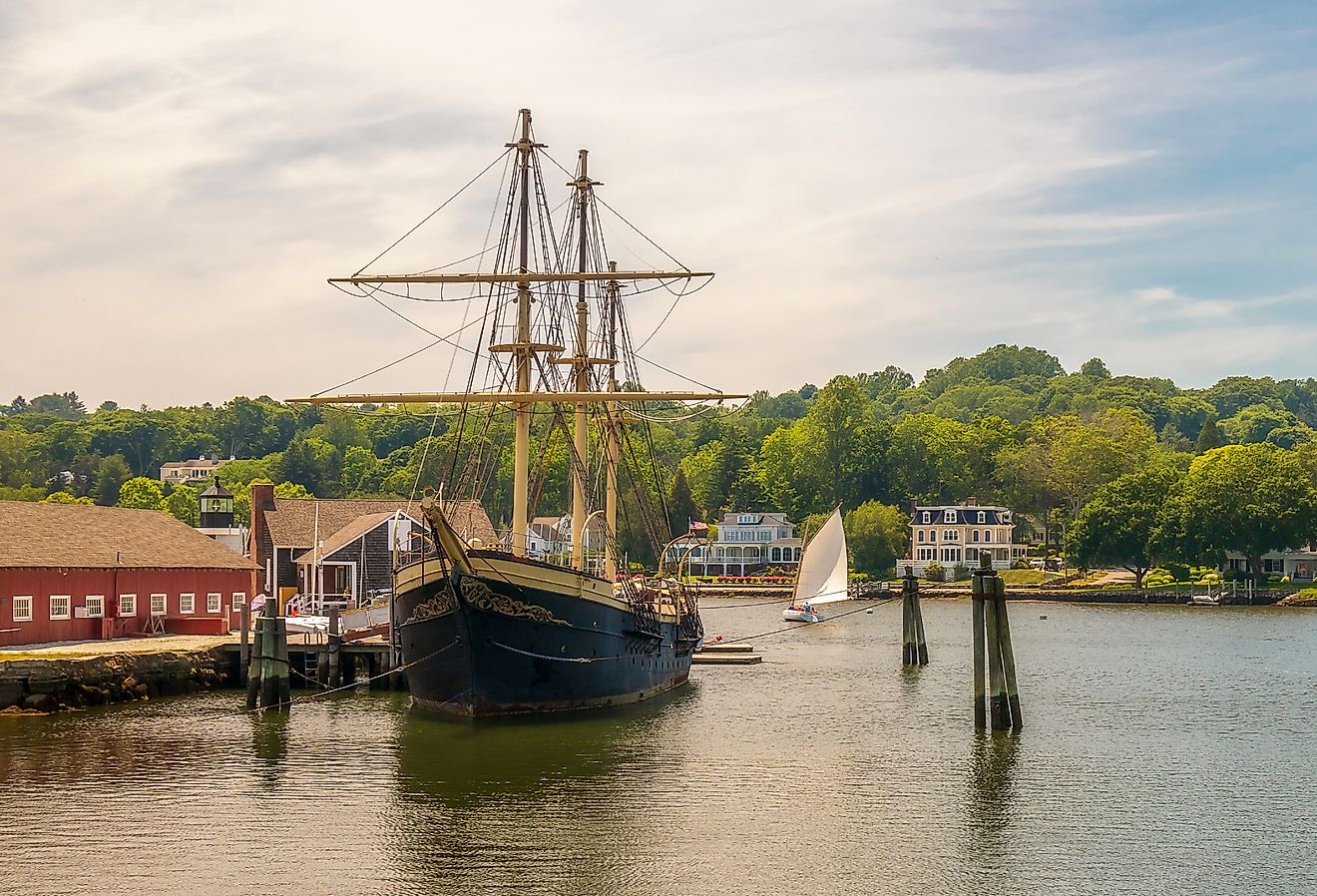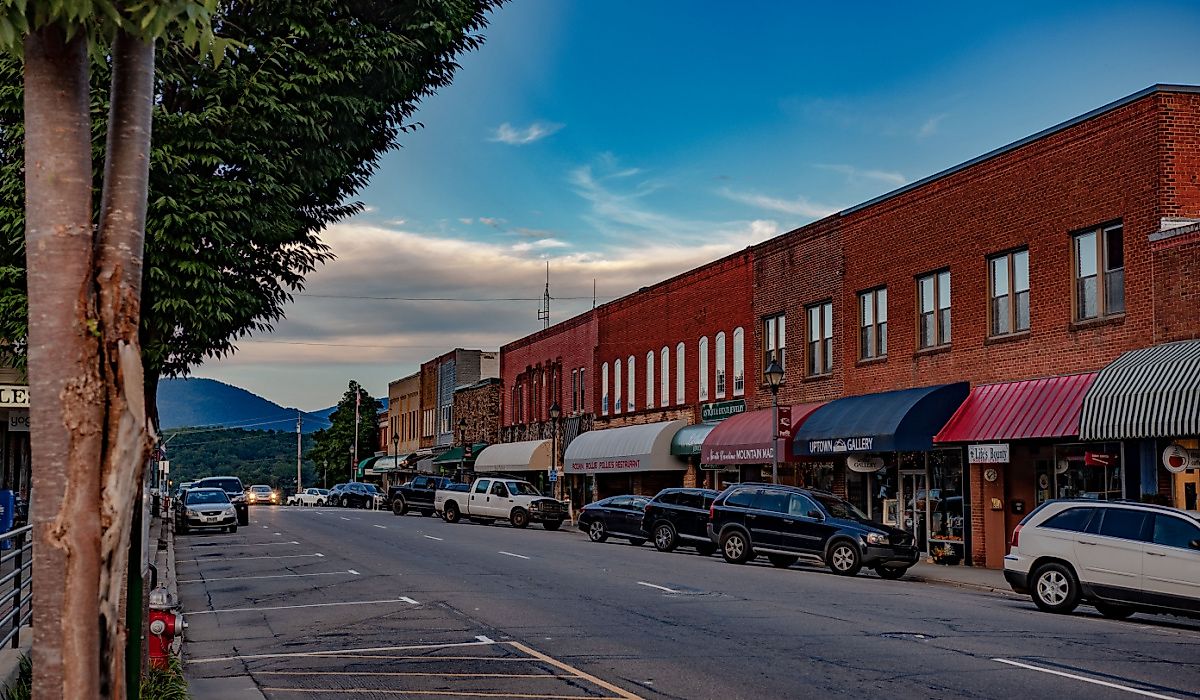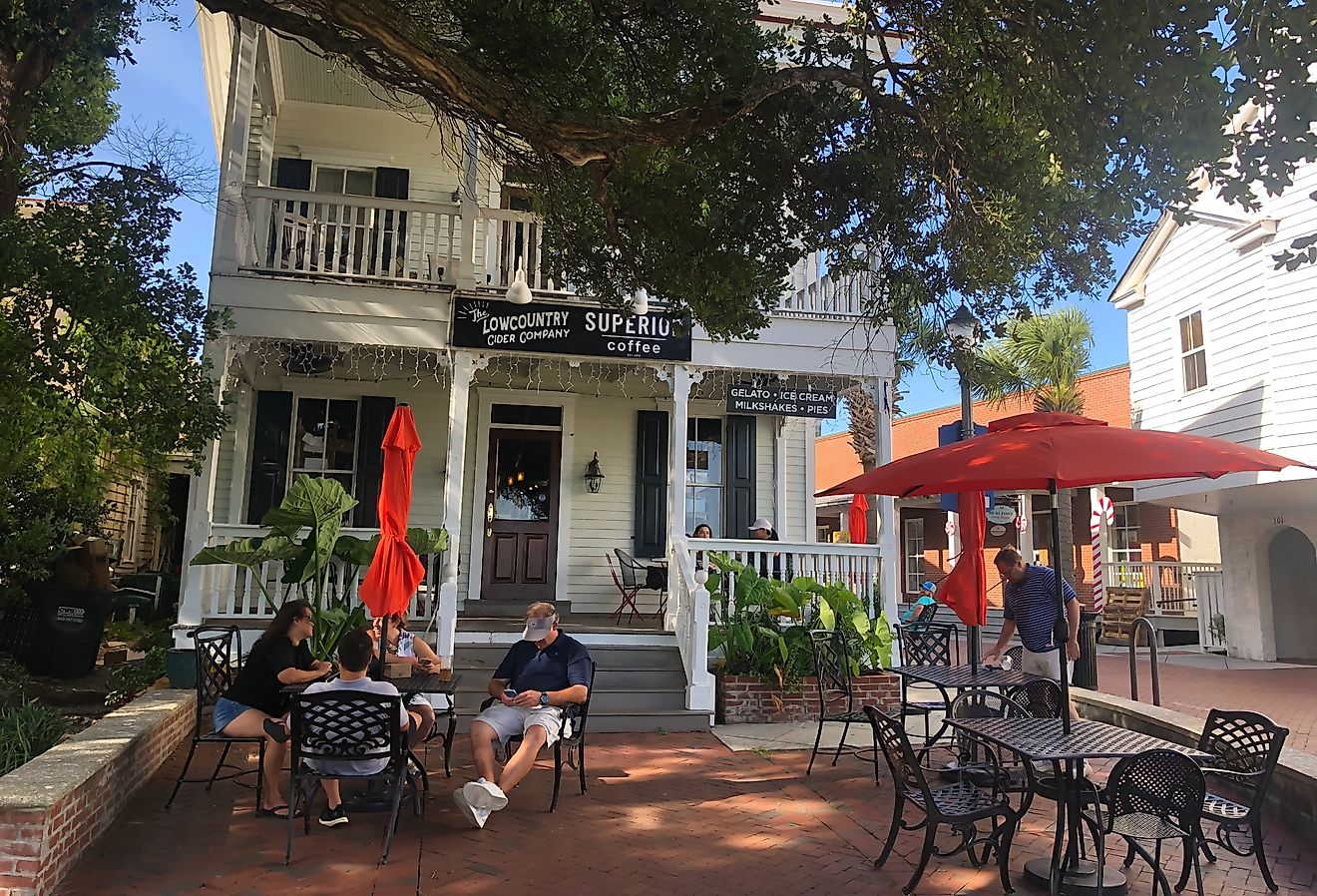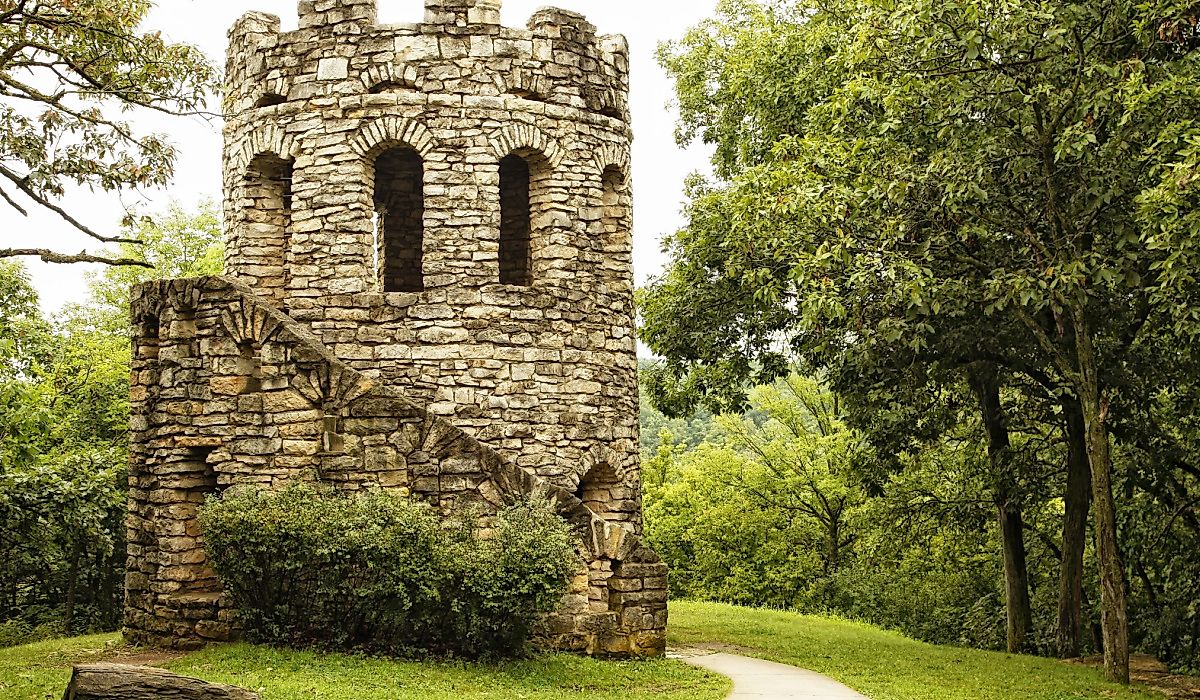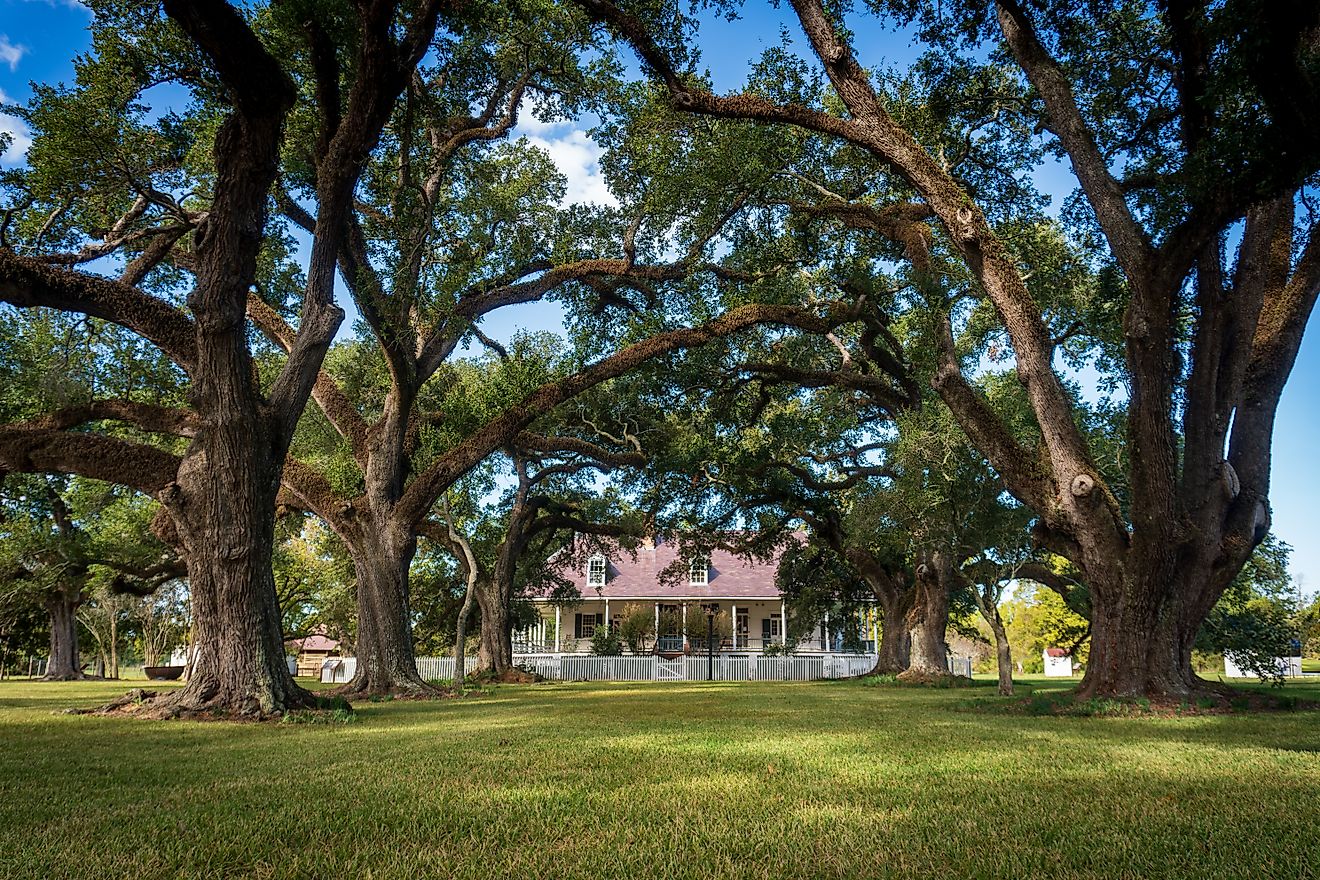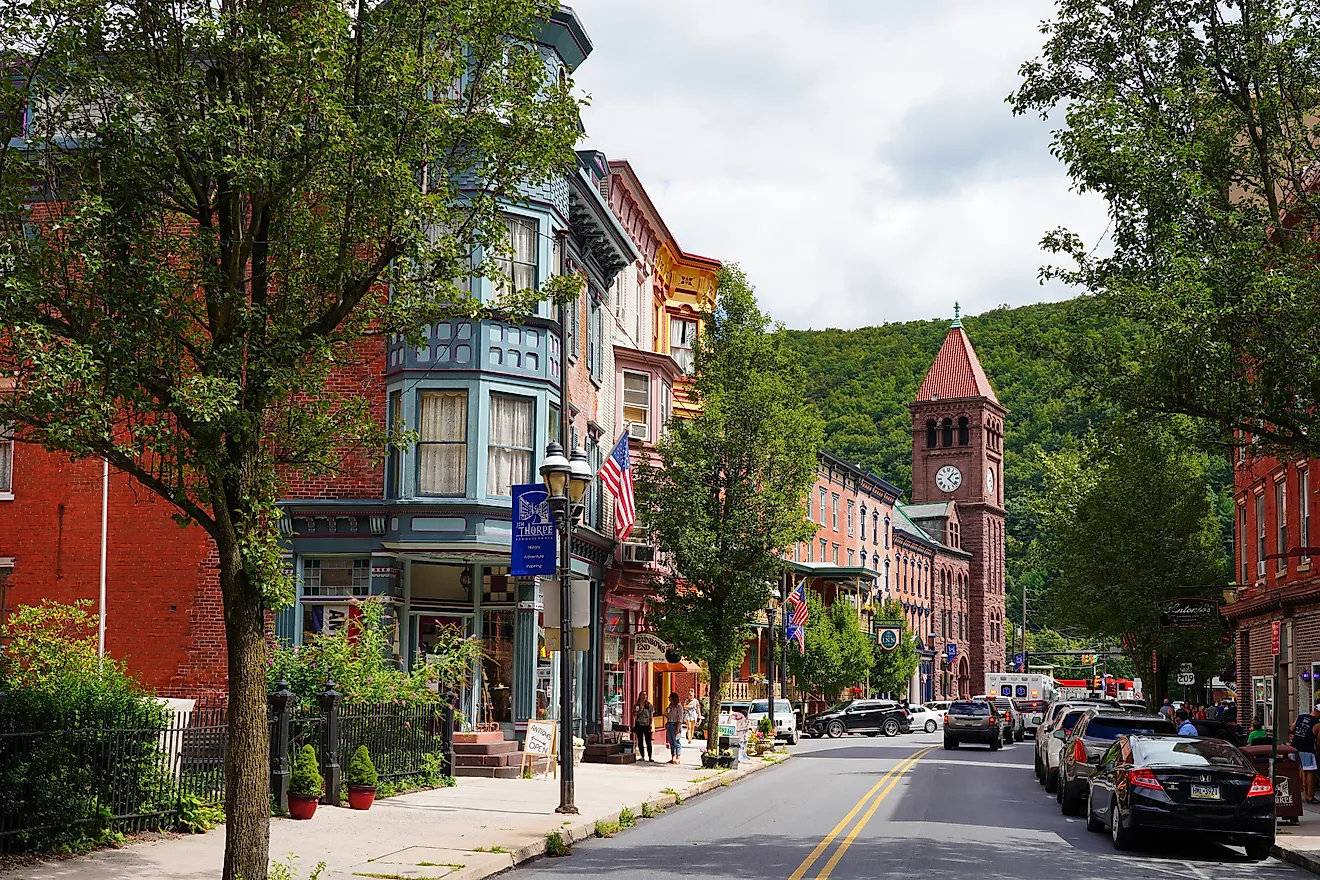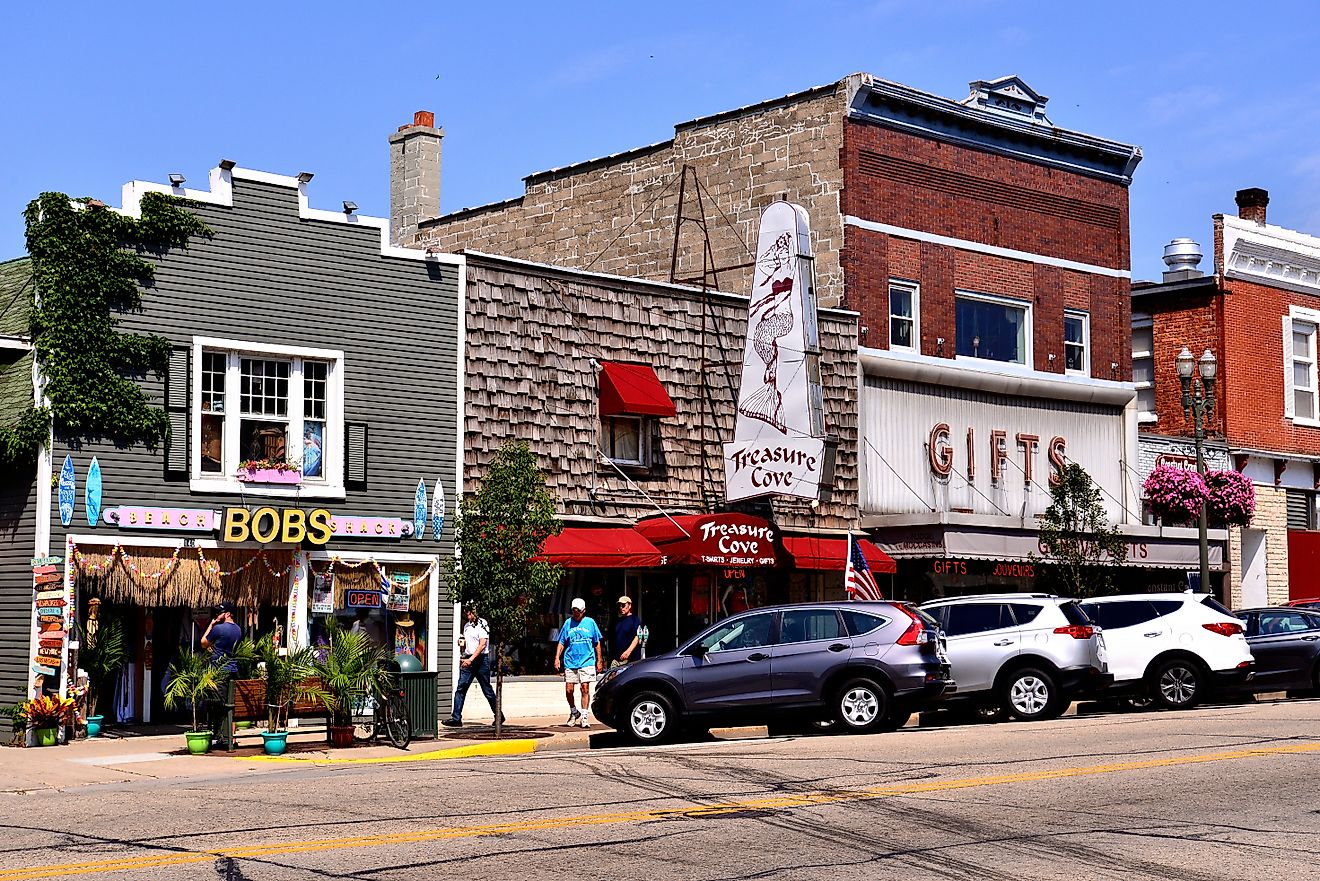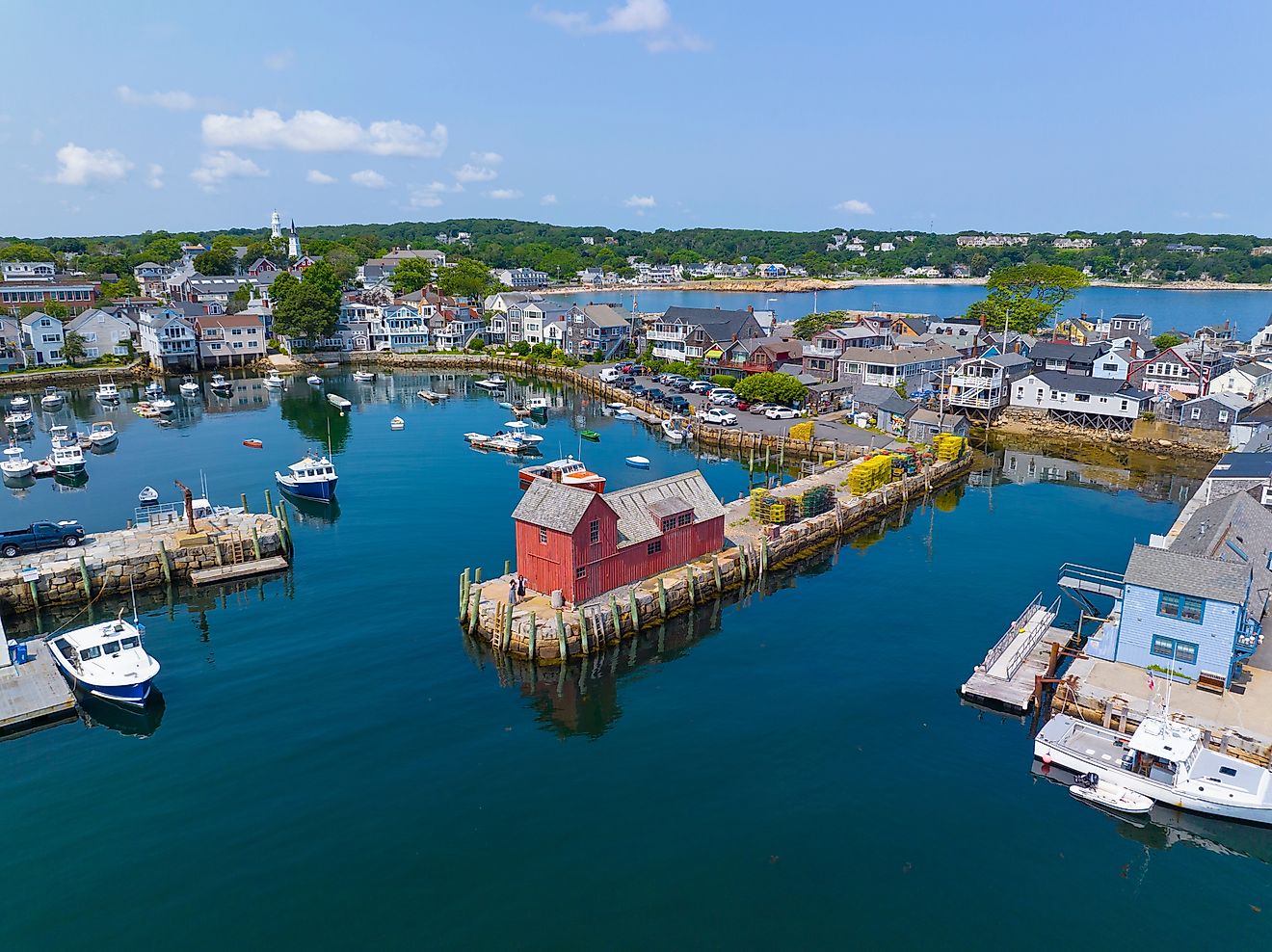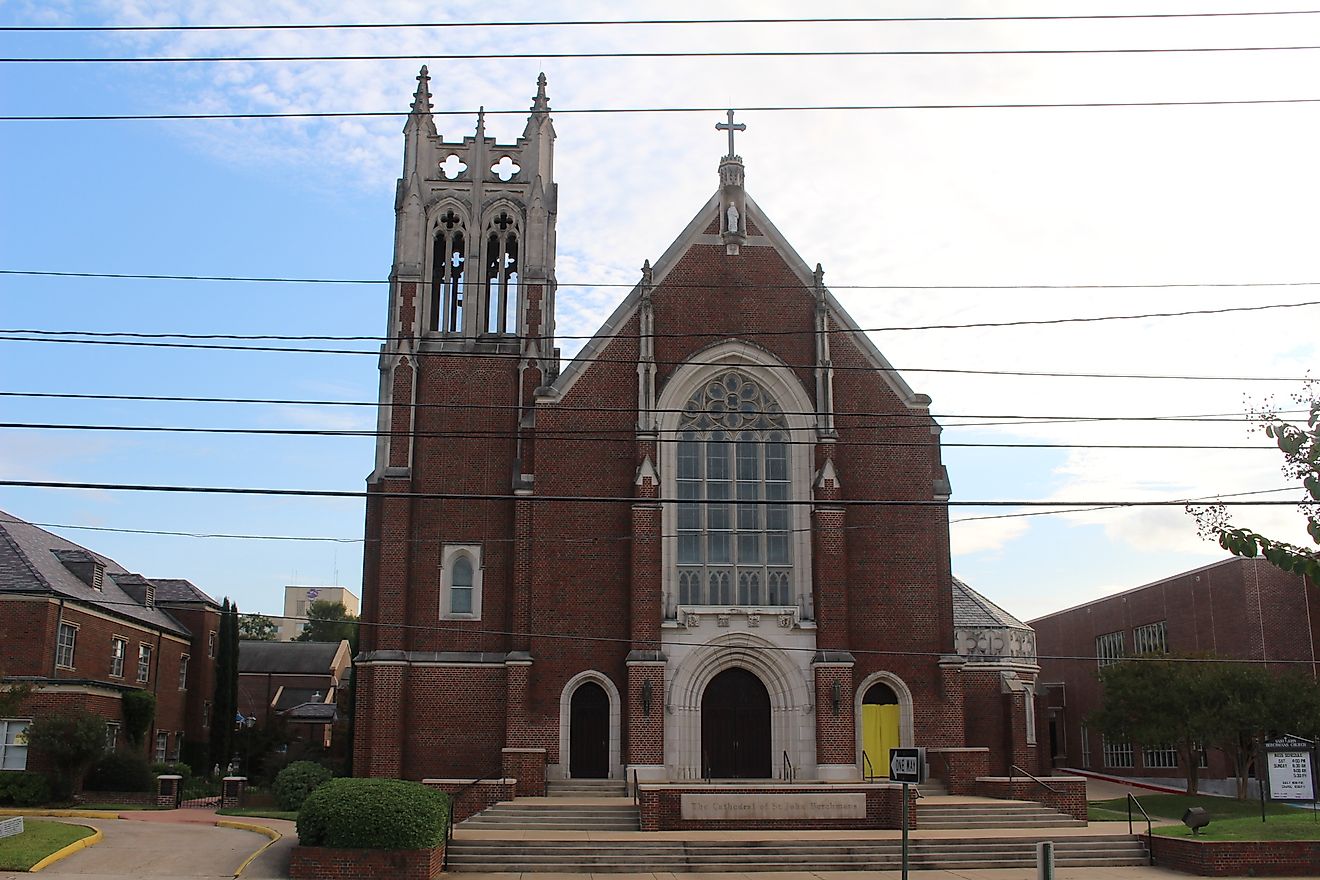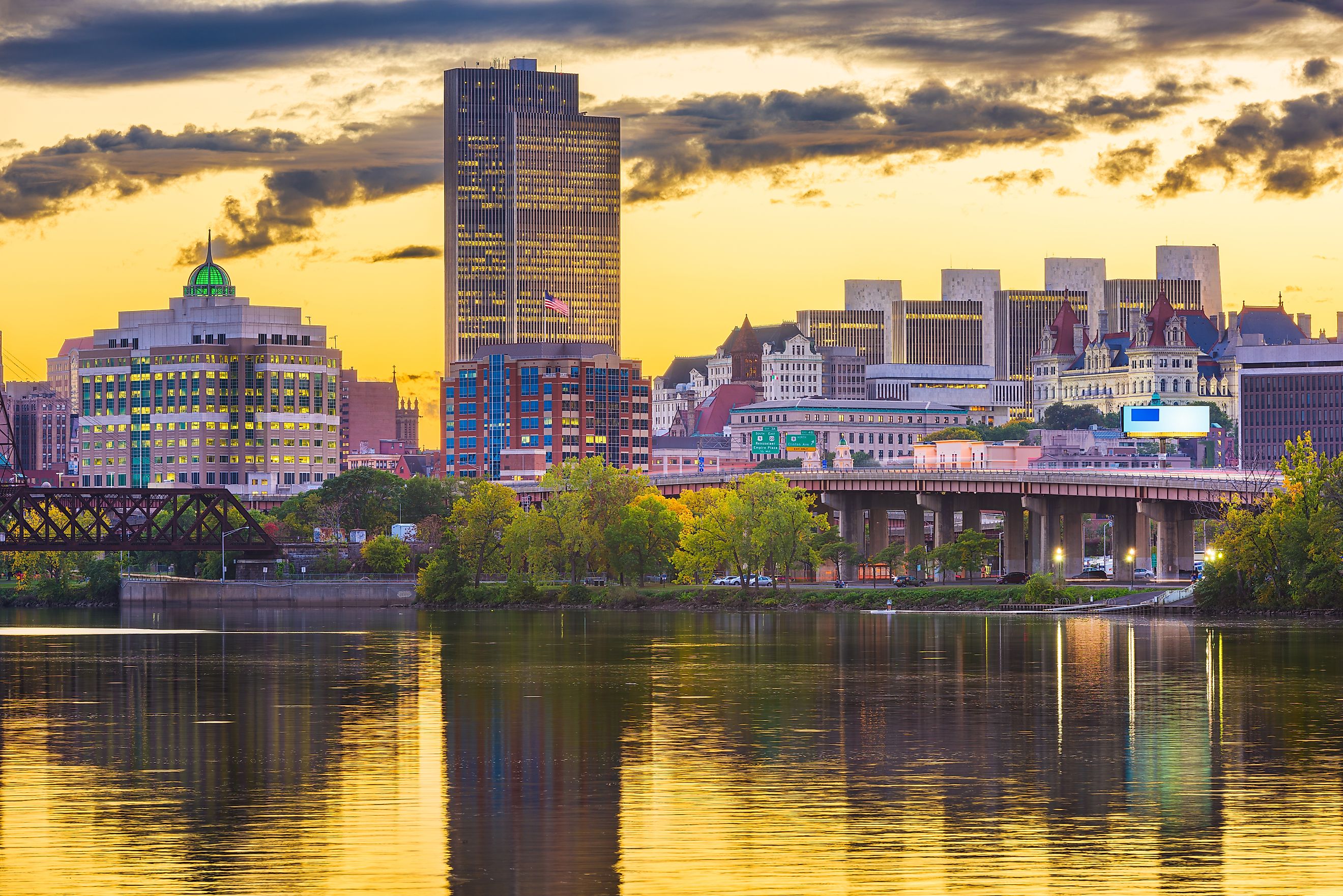
This New York Town Is Older Than the State Itself
A state since 1788, and inhabited by European settlers for over three centuries years before that, New York encompasses one of the oldest parts of the United States. It is full of history, from the bustling streets of Manhattan to the remote wilderness forts upstate and the shores of the Great Lakes. If its storied past interests you, whether you live in the area or are just visiting, Albany is one such place that is definitely worth checking out.
As the longtime state capital and a place that has changed hands between multiple cultures and empires, it is brimming with historical landmarks still on display today. Read on to learn more about this fun and interesting city at the heart of the Empire State, and how you can best explore it.
How a Small Dutch Fort Became New York's Capital
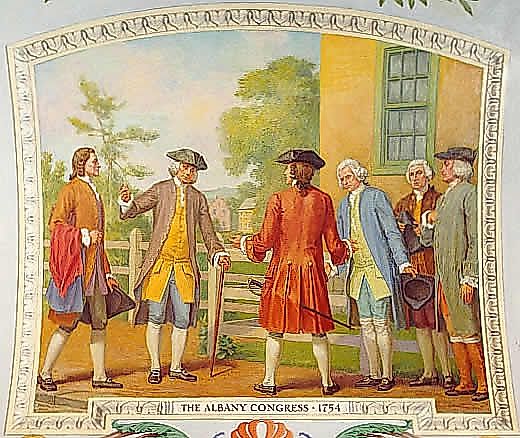
Long before New York became a state, Albany was already a functioning colonial settlement. Its history actually reaches well before a European even set eyes on the region, originally being the site of a Mohican village.
The area was claimed by the Dutch in 1609 and later established as Fort Nassau in 1614, the first European trading post in present-day New York. Moving on to 1624, the Dutch then founded Fort Orange nearby, which evolved into the settlement of Beverwijck. When the British took control in 1664, the settlement was renamed Albany in honor of the Duke of Albany, the future James II.
Albany became an official city in 1686 under a charter granted by Governor Thomas Dongan, making it one of the oldest chartered cities in the United States as a whole. Its early economy revolved around fur trading and river commerce, and was vital in regional governance. Located strategically on the Hudson River, the city also played a crucial role in colonial transportation and military logistics.
During the American Revolution, it served as a key supply hub, and by the time New York State was officially created in 1788, Albany was already well-established. In 1797, it was then named the state capital, cementing its role in shaping New York's past, present, and future.
Important Historic Sites in Albany You Can Visit
Today, you can still gain a window into Albany's lengthy story through a number of historic landmarks, parks, and other attractions. Here are some that you ought to visit if you find yourself in the area, whether you are serious about learning more about how this city came to be or if you simply need something fun to help fill up an afternoon or two.
New York State Capitol
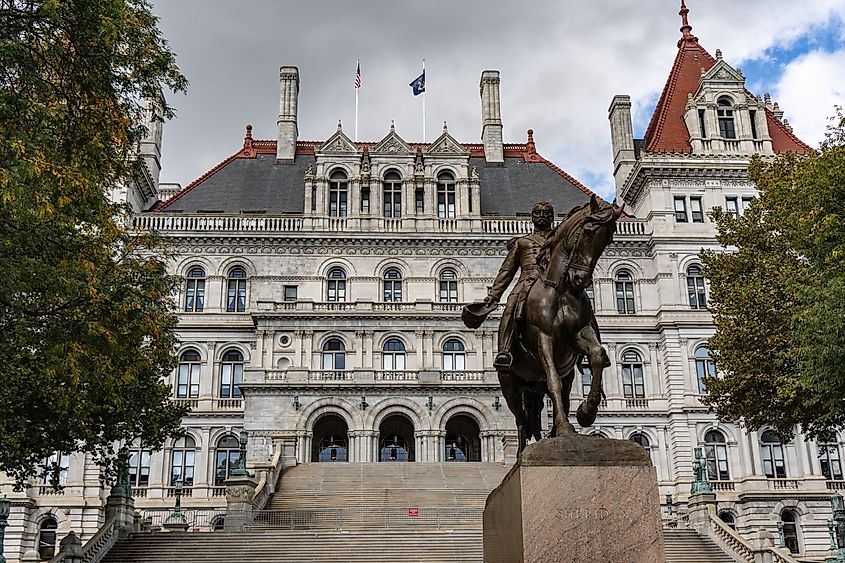
Completed in 1899 after more than 30 years of construction, the New York State Capitol is one of the country's most stunningly beautiful government buildings. Located at the top of Albany’s State Street hill, it blends Romanesque, Renaissance Revival, and Victorian Gothic styles, the result of multiple architects and political shifts throughout the decades of its development.
No dome crowns the building; its distinctive roofline is marked by steep gables and granite towers instead. Moreover, the interior features ornate stonework, vaulted ceilings, and the famous “Million Dollar Staircase,” a carved sandstone stairwell that can only be described as eloquent.
You can tour the Capitol building to view its legislative chambers and learn about the state’s greater political history. It's a cool place to do such a thing, given that the structure predates many other U.S. state capitols.
Downtown Albany Historic District
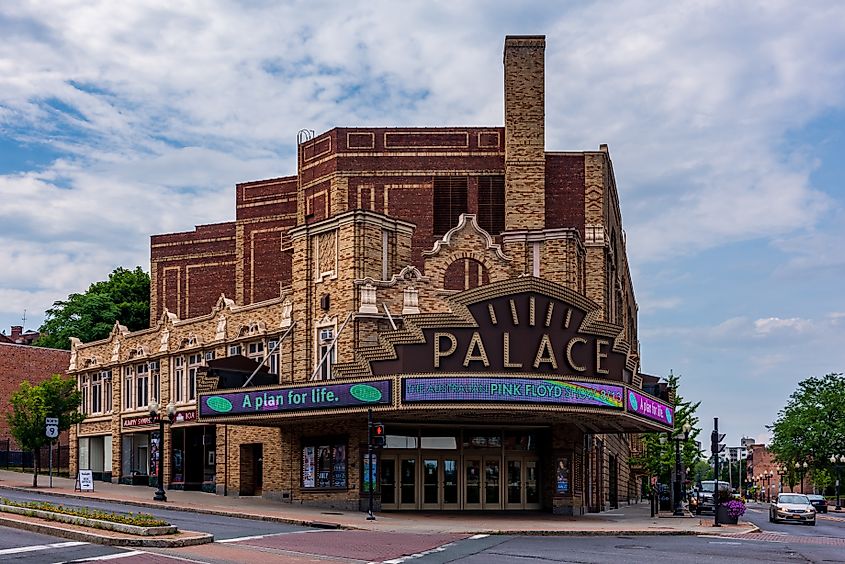
The Downtown Albany Historic District encompasses a dense concentration of 19th and early 20th-century buildings, along with other sites that reflect the city’s importance as a transportation, commercial, and political hub on the Hudson River.
Bounded roughly by Swan Street, Madison Street, and Clinton Avenue (with the riverfront to the southeast), the district features several notable landmarks, namely the Delaware & Hudson Building, the Kenmore Hotel, and the New York State Museum. The district also contains portions of Albany’s original street grid, laid out during its early Dutch and British colonial periods. The historic Empire State Plaza is also nearby.
Many buildings, housing shops, museums, restaurants, accommodations, and other urban amenities, have now been restored for modern use. Downtown Albany is also a great place to go for a simple stroll.
Schuyler Mansion State Historic Site
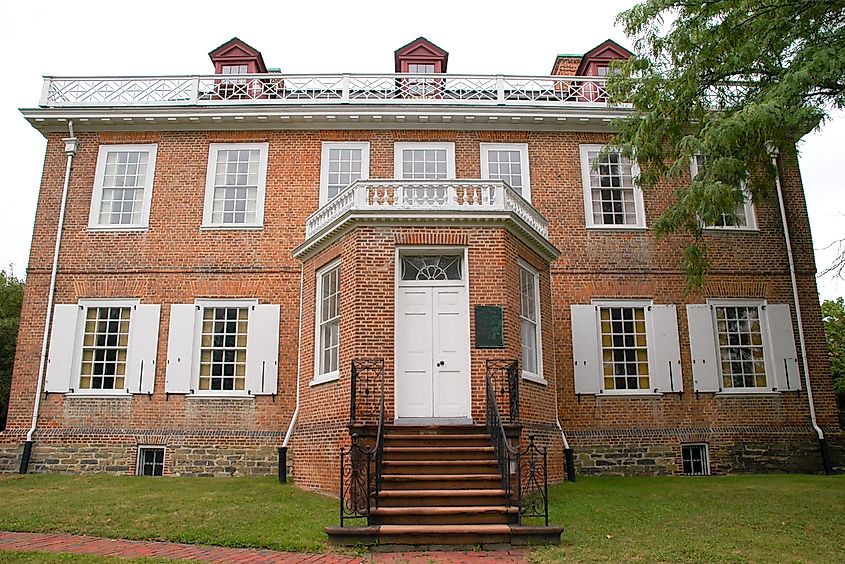
The Schuyler Mansion State Historic Site preserves the 18th-century home of Philip Schuyler, a Revolutionary War general, U.S. senator, and influential figure in early New York politics. Built in 1765 after four years of construction, this ornate brick mansion overlooks the Hudson River and once doubled as a gathering place for many political and military leaders. The home is also notable for hosting the wedding of Alexander Hamilton and Eliza Schuyler in 1780.
Period furnishings, artwork, and documents offer a detailed look at upper-class colonial life. Guided tours better cover subjects like the family's history, the role of enslaved people in the household, and the broader political context of previous eras in and around Albany.
Washington Park Lake House
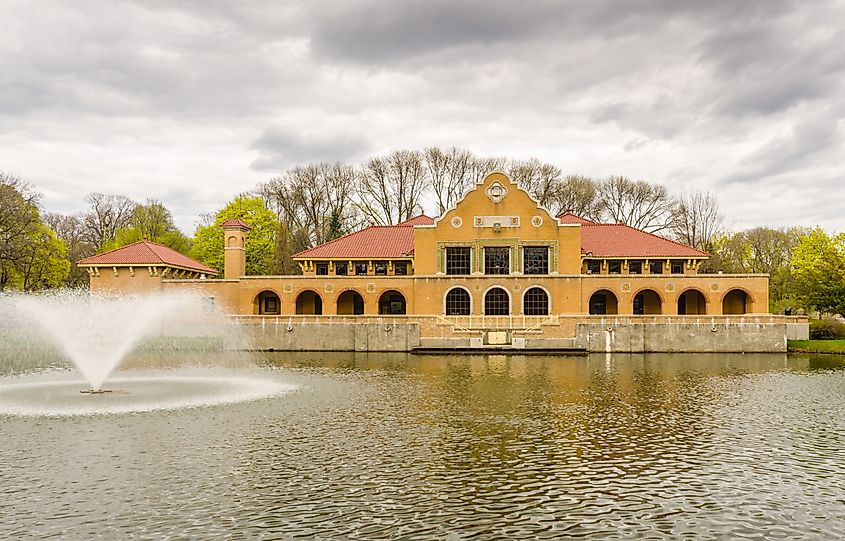
The Washington Park Lake House, built in 1929, is a key feature of Albany’s Washington Park, an urban green space designed partly by Fredrick Law Olmsted’s firm (of Central Park fame). Situated along the park’s man-made lake, the Lake House originally served as a venue for community events and entertainment.
These days, the building functions more as a performance space, hosting events such as the Park Playhouse summer theater series. Even when nothing is going on, its distinct neoclassical design and arched facade make for a great photo. Surrounded by landscaped grounds and walking paths, the area is also a perfect place for a peaceful walk near downtown Albany when the weather is nice.
USS Slater
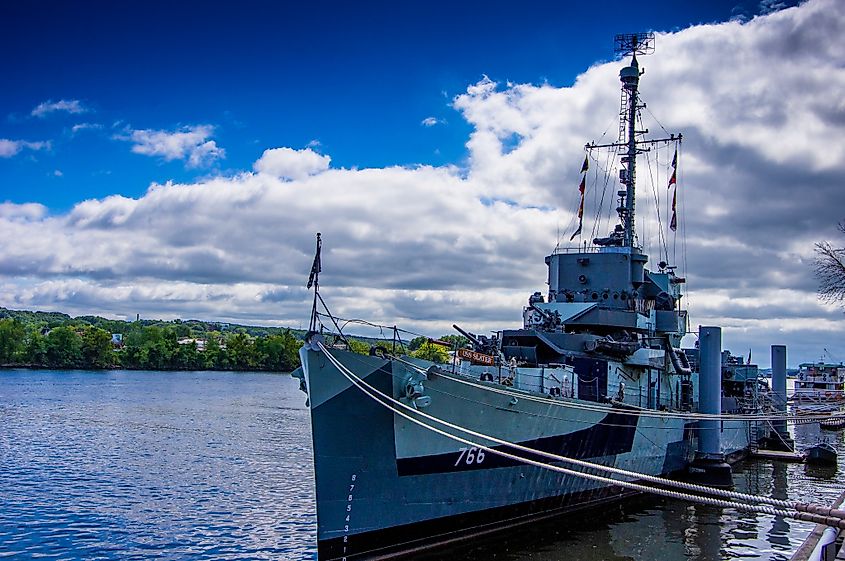
The USS Slater, docked on the downtown riverfront, is the last remaining World War II-era destroyer escort afloat in the United States. Commissioned in 1944, the ship served in both the Atlantic and Pacific theaters, protecting convoys from enemy submarines.
After decommissioning, it was transferred to Greece, where it served for several decades before being returned to the U.S. in the 1990s. Fully restored, the ship now operates as a floating museum, offering tours that cover life aboard a wartime escort vessel; a bit of a change of pace from many of the much older landmarks near the historic district.
See Another Side of New York Outside of Manhattan
Although downtown New York City is well worth a visit (especially if you've never been), there is a whole other side to the Empire State that does not get enough attention. Albany is one of those places, with its vast number of historic attractions but little to no reputation as a tourist hub.
With the above recommended local destinations in mind, you should definitely try to visit this culturally and politically important city if you want to see and learn something new about America's story.
